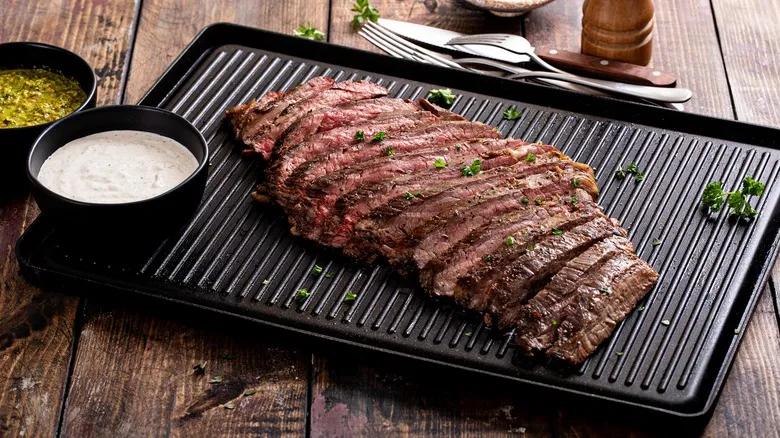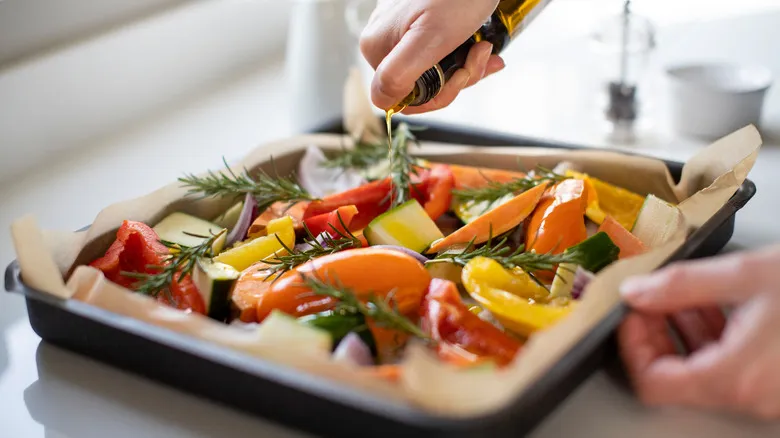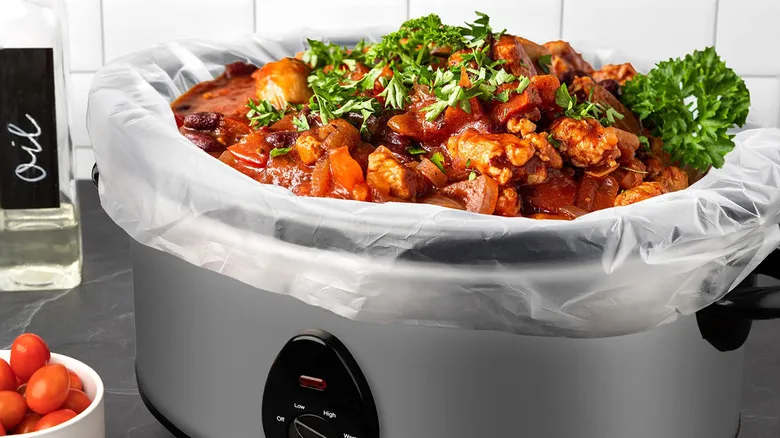Don't overcook a thin steak
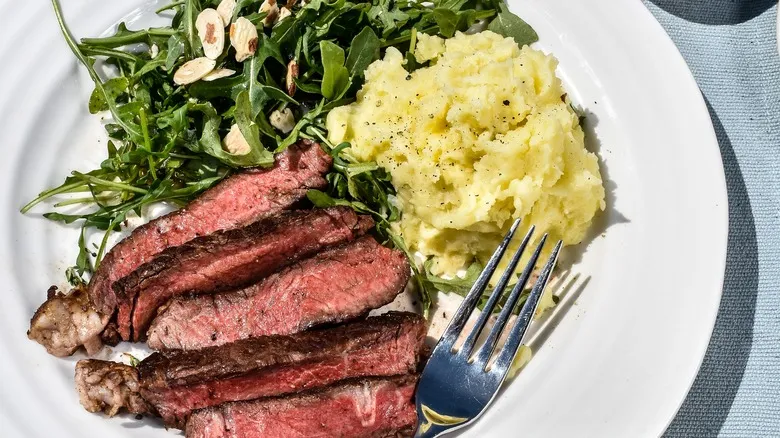
Thick steaks can be grilled at high temperatures for extended periods with minimal risk of overcooking, but this isn't the case for flank steak. Some grill enthusiasts recommend quickly searing thin steaks over high heat, while others argue that this method can lead to drying them out. Instead, they suggest grilling at lower temperatures for a longer duration. If you opt for high heat, aim for three to five minutes on each side for proper doneness.
It's also important to consider heat carryover, which affects all steaks but is particularly relevant for thinner cuts. Turning off the heat doesn't mean the steak has stopped cooking; it retains significant internal heat that continues to cook the meat for several minutes after you take it off the grill and let it rest. If you're aiming for a perfect medium-rare and find that cooking flank steak to that temperature results in overcooking, try reducing the cooking temperature by five to ten degrees Fahrenheit. The residual heat during resting will complete the cooking process.
Other need-to-know flank tips
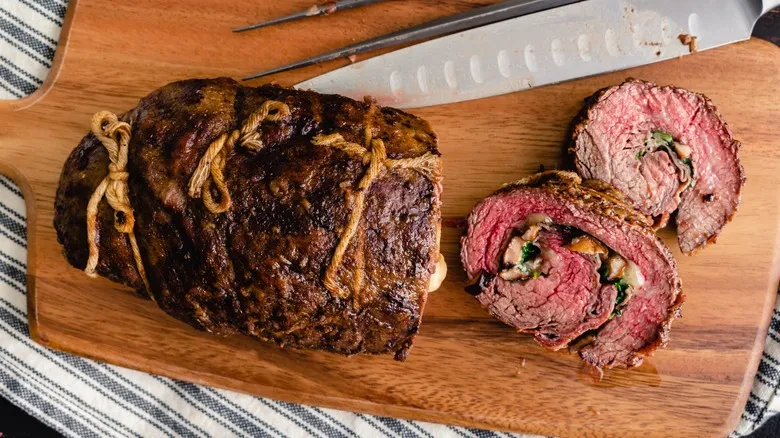
Now that we've covered the essential information, what else should you consider when preparing flank steak? Marinating the meat in lemon juice or vinegar can help maintain its tenderness, and seasoning it with salt prior to cooking is also beneficial. Additionally, while flank steak is relatively thin, it can have irregular wedge shapes due to its position on the cow, which can lead to uneven cooking. To avoid this, it's a good idea to cut the flank into more uniform pieces before grilling.
When slicing flank steak, it's important to cut against the grain, which refers to the direction of the muscle fibers in the meat. Cutting "against the grain" means slicing the fibers into shorter segments, rather than leaving them long and tough to chew. With a cut as thin as flank steak, your aim is to make it as tender and easy to eat as possible, considering the factors that can work against you. All these small details contribute to a delicious bite of meat that practically melts in your mouth.
Recommended

The Easy Way To Tell If Your Grill Needs A Propane Refill Before The Cookout
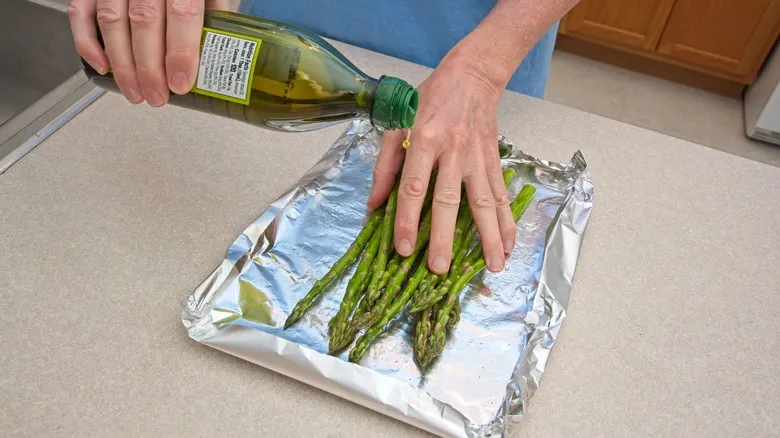
The Foil Packet Method For Grilling Perfect Asparagus On A Gas Grill
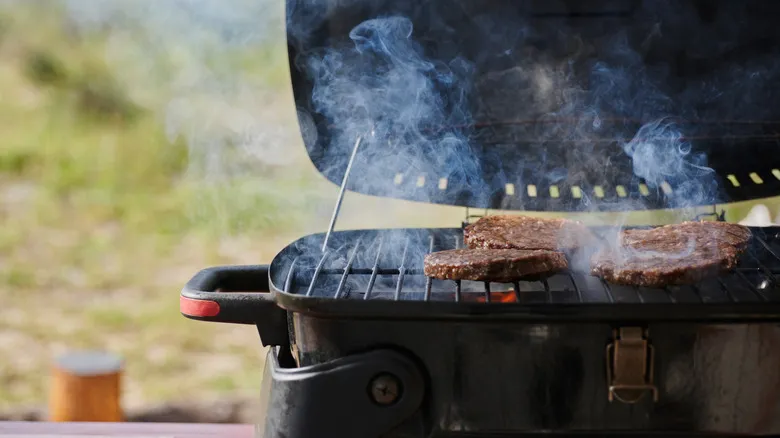
The Hack To Turn Any Grill Into A Smoker
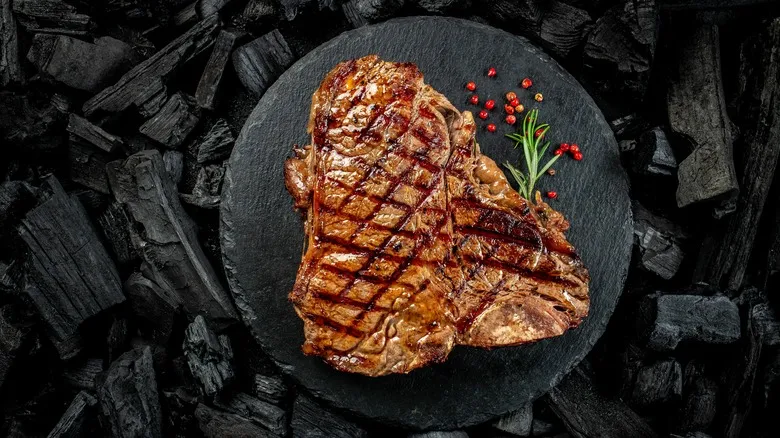
Grilling Vs Pan-Searing: The Best Way To Cook A T-Bone Steak
Next up

